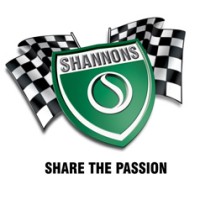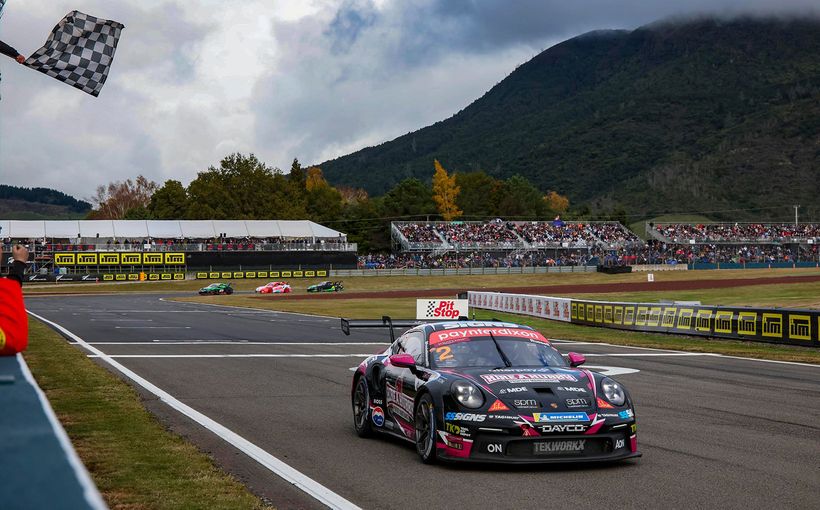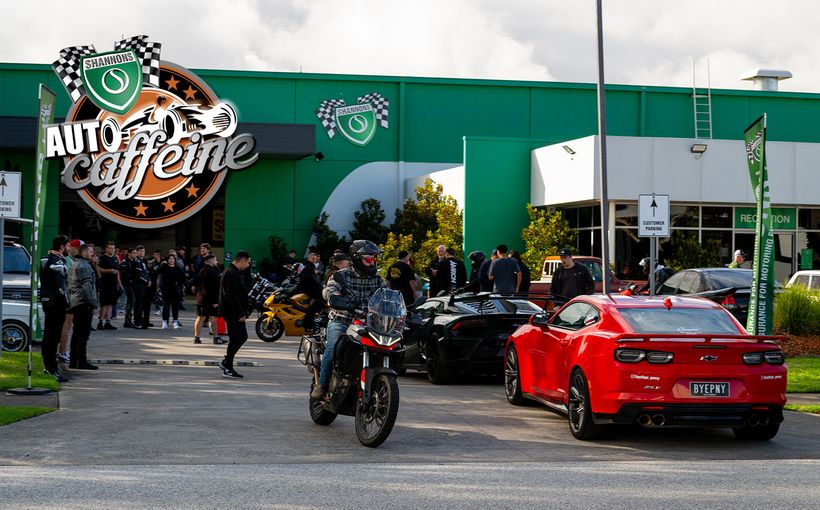Murray Carter brings the thunder back to Sandown

Veteran racing driver Murray Carter, who is celebrating his 60th year in motorsport, will bring the thunder back to Melbourne's Sandown circuit as Patron of the 2008 VACC Historic Sandown race meeting from November 7-9.
In a unique bookend on his long and illustrious racing career, 77 year-old Carter will race his current 1999-model 6.0 litre, 500HP Corvette C5 at the meeting and will also be reunited with his famous Corvette special that he built in the late 1950s.
The very successful sports car that the Victorian raced for many years as both a sports and GT car in its trademark bare aluminium bodywork, has since been totally restored by new owner Lou Russo, whose son Michael will race it in Category Lb events at the meeting.
In between events, Carter will be reunited with his old warhorse for a series of demonstration drives in his role as Patron.
"It's a real honour to be invited to be Patron and to drive my old car," said Carter. "Motor racing has always been my life since I first raced motorbikes at Fishermen's Bend (Victoria) back in 1948, but the Corvette Special was a turning point for me."
Although he started on two wheels, Murray Carter's first serious car race was in a Jaguar XK120 in 1953. However he wanted to move in even faster circles. But in those days when imported racing cars were virtually unobtainable or prohibitively expensive for a 27 year-old panel beater, Carter had only one option - to build his own.
His original concept was a front-engined Repco Holden-powered racing car similar to the successful Cooper Bristol campaigned by Len Lukey and the space frame chassis was already largely completed, when he heard that a new 283 Chevrolet Corvette V8 engine originally destined for a cancelled speedboat project was available.
"I initially planned to create a rear-engined V8 racing car, but everyone said that idea wouldn't work. Now look at all the Formula 1 cars! Anyway, I couldn't find a transmission that would take the V8's torque, so it had to go in the front," recalled Carter. The result was a perfect 50:50 weight distribution.
The completed car, with its only bodywork consisting of a small panel on each side of the cockpit to display its number, made its first appearance at Victoria's Fishermen's Bend on October 1959.
It might not have been beautiful, but it was fast in Carter's hands and in December that year it finished fourth in the Gold Star race at Phillip Island behind the factory-built Cooper Climaxes. However four months later at Phillip Island the Corvette Special crashed in spectacular style after Carter rubbed wheels with Bib Stillwell and rolled several times. He survived virtually unscathed when he was thrown out after his seat belt broke.
The accident gave him time to take a second look at his project and with the resurgence in sports car racing, he saw its future with two seats rather than one.
Back at his Moorabbin, Melbourne workshop, he rebuilt the chassis and using his panel beating skills, rolled up a neat, if unspectacular alloy body.
The vehicle reappeared as a sports car in October 1960 and the history books show it was one of the most successful sports cars of its era. Over the next two years in Carter's hands it scored numerous victories against the 300S Maseratis and lightweight E-type Jaguars of the time and even defeated Bib Stillwell's Cooper Monaco sports car in its original Climax-engined form.
Bob Jane reputedly got so upset when his new E type was beaten by the Corvette Special at Sandown that he took off in a rage, spraying Carter with stones. "Bob never forgave me for beating him," grinned Carter.
Over the next two years the Corvette Special held most of the lap records on Australia's Eastern seaboard and when it was reliable, Carter was rarely beaten.
"It was a real point and squirt car," Carter recalled. "People said the ground shook as it passed. They said it sounded like thunder!"
Since the Corvette Special, a number of sports and touring cars have enjoyed success in Carter's hands.
Although never a factory driver, enjoyed a close relationship with Ford and became a Ford stalwart from the late 1960s to 1982 - an era highlighted by his third place at Bathurst in 1978, co-driving his XC coupe with New Zealand's Graeme Lawrence.
He has also raced a range of smaller 'class' cars, including a Datsun SSS, but his love of the 'big bangers' eventually drew him back to his beginnings when he landed his current Corvette in 2000.
"I've gone full cycle," he said at the Moorabbin workshop he purchased in the early 1960s instead of heading overseas to try his chances as a driver in Europe. ?But I have never had any regrets."
An entry of around 300 racing, sports and touring cars spanning eight decades will take part in the VACC Historic Sandown, with highlights including an expected entry of 28 Formula 5000s for the VACC Formula 5000 races and capacity fields for both Group N Touring Cars and Category S Production Sports Cars.
Special occasions being celebrated at the meeting include the 40th anniversary of the Holden Monaro's first race victory in the 1968 Sandown 3-Hour enduro in the hands of Bob Watson and Tony Roberts and the 50th year of the MG Car Club, with more than 100 MGs participating in the meeting.
For further meeting information visit www.vhrr.com
For media information and publication quality images call Michael Browning on (03) 9879 9111 or 0418 324 328









